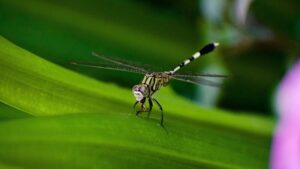
How To Design A Waterproof Mosquito Light
There’s something almost magical about a mosquito light—a beacon in the night that promises to shield us from the irksome buzz and bites of mosquitoes.

In recent years, the “mosquito light” has emerged as a focal point of attention among a plethora of innovative technologies in the pursuit of effective mosquito control methods. Its potential to curtail mosquito populations has drawn significant interest.
In this comprehensive exploration, we will embark on a journey to unravel the intricacies of mosquito lights and their performance in contrast to sticky mosquito traps.
By shedding light on their advantages, and disadvantages, and which solution is more suitable for your mosquito woes, we aim to help you make an informed choice in your battle against these pesky insects.
The term “mosquito light” encompasses a wide array of devices that share a common purpose – attracting, trapping, and often eliminating mosquitoes. These innovative mosquito control tools represent a compelling alternative to traditional methods.
To truly appreciate their value, it’s crucial to understand the mechanics behind their operation.
The success of mosquito lights begins with their ability to attract these bloodthirsty insects. Various technologies and attractants are employed in this endeavor, such as ultraviolet (UV) light, Carbon Dioxide (CO2) emission, and heat. Understanding the nuances of these mechanisms is the first step in comprehending their effectiveness.
UV light is a common feature in many mosquito lights. It simulates the heat and light produced by the human body, attracting mosquitoes to the device. The irradiation of UV light serves as a beacon, luring mosquitoes into the trap.
Some mosquito lights mimic human exhalation by emitting carbon dioxide. Mosquitoes are drawn to this CO2 “exhalation,” as it signifies the presence of a potential blood source. This approach capitalizes on the mosquito’s keen sense of smell and attraction to exhaled CO2.
Eco-Friendly Mosquito Control
Reduced Noise and Odor
Low Maintenance
Limited Range
Dependency on Electricity
Effectiveness in Specific Environments
As an alternative to mosquito lights, sticky mosquito traps offer a different approach to mosquito control. These traps utilize adhesive surfaces to capture and immobilize mosquitoes, preventing them from becoming a nuisance.
Sticky mosquito traps are deceptively simple in their operation. They exploit the natural behavior of mosquitoes, relying on their attraction to light and their tendency to land on surfaces. The adhesive surfaces of these traps play a crucial role in immobilizing mosquitoes and preventing their escape.
Wide Area Coverage
No Electricity Required
Consistent Effectiveness
Maintenance Intensive
Environmental Concerns
Visible Traps
The choice between mosquito lights and sticky mosquito traps ultimately depends on your specific needs and preferences. Evaluating your location, area size, environmental concerns, maintenance capabilities, and budget is essential in determining which option aligns best with your mosquito control goals.
For smaller areas or when you need targeted mosquito control, mosquito lights may be a better choice due to their limited range.
Sticky mosquito traps are ideal for larger spaces or when a discreet solution is required, given their wide area coverage.
If you prioritize eco-friendliness, mosquito lights are the greener option, as they do not rely on harmful adhesives.
Sticky traps may not be the best choice if environmental impact is a significant concern due to the adhesive they use.
If you prefer low-maintenance solutions, mosquito lights require less upkeep, which makes them an attractive option.
Sticky mosquito traps demand regular cleaning and adhesive replacement, which should be considered if you have limited time for maintenance.
Mosquito lights might have a higher upfront cost, but their long-term maintenance expenses are typically lower, which can make them a cost-effective choice in the long run.
Sticky mosquito traps can be cost-effective initially, but ongoing adhesive costs may add up, impacting the overall cost-effectiveness.
In some cases, a combination of mosquito lights and sticky mosquito traps may prove to be the most effective solution.
By strategically placing both types of devices, you can create a comprehensive mosquito control system that caters to various aspects of your environment.
Such hybrid approaches can be particularly effective for larger properties with diverse mosquito challenges.
When it comes to keeping mosquitoes at bay, it’s essential to have a clear understanding of the tools and methods available. To assist you in your quest for effective mosquito control, we’ve compiled a series of frequently asked questions (FAQs) that address common queries related to mosquito kill lights and sticky traps. Let’s explore these inquiries to ensure you’re well-informed and equipped to combat these pesky insects.
FAQ 1: Is mosquito killer light safe for indoor use?
Mosquito lights are generally safe for indoor use. They do not emit harmful chemicals or fumes, making them suitable for indoor spaces.
However, you should ensure that the device you choose is designed for indoor use and follow the manufacturer’s guidelines.
Keep in mind that their effectiveness may vary depending on the size of the room and the local mosquito population.
FAQ 3: How long do mosquito killer light bulbs last?
The lifespan of mosquito-killer light bulbs varies, but they typically last for several months. Most manufacturers provide information on the expected bulb life in their product descriptions.
It’s important to follow the recommended replacement schedule to maintain the device’s effectiveness. Regularly changing bulbs and keeping the device clean will help ensure consistent mosquito control.
FAQ 4: Can mosquito killer Light and sticky Trap Be Used Together for Maximum Effectiveness?
Yes, combining mosquito killer light and sticky traps can be highly effective. By strategically placing both types of devices, you can create a comprehensive mosquito control system. Mosquito lights attract mosquitoes, while sticky traps capture them.
This hybrid approach is particularly useful for larger properties or areas with diverse mosquito challenges. It maximizes the chances of mosquito control and enhances your overall protection against these bothersome insects.
In the ongoing battle against mosquitoes, both mosquito lights and sticky traps offer viable solutions. The choice between them hinges on your specific needs and priorities.
By evaluating your location, area size, environmental concerns, maintenance capabilities, and budget, you can make an informed decision and create a mosquito-free environment that enhances your quality of life.
Remember that a combination of these solutions may also be effective in providing comprehensive mosquito control. Understanding the advantages and limitations of mosquito lights and sticky traps equips you to make an informed decision, ensuring that your outdoor and indoor spaces remain mosquito-free and enjoyable, regardless of the challenges posed by these pesky insects.
As the world of mosquito control continues to evolve, staying informed about the latest advancements in technology and best practices will empower you to make the right choice for your unique situation. So, light up your knowledge, trap your questions, and embark on a mosquito-free journey to a more comfortable and enjoyable living space.


There’s something almost magical about a mosquito light—a beacon in the night that promises to shield us from the irksome buzz and bites of mosquitoes.

Within the first few moments of considering a mosquito light, the idea transforms from a mere concept into a beacon of hope against the nightly
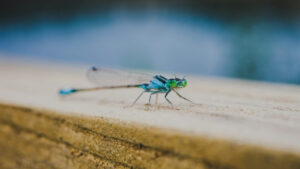
The moment you switch on a mosquito light, you declare war on those pesky insects. But what if I told you that you could turbocharge

Imagine this scenario: as the hues of twilight blend into the evening sky, your mosquito light buzzes to life, standing guard against the night’s swarm
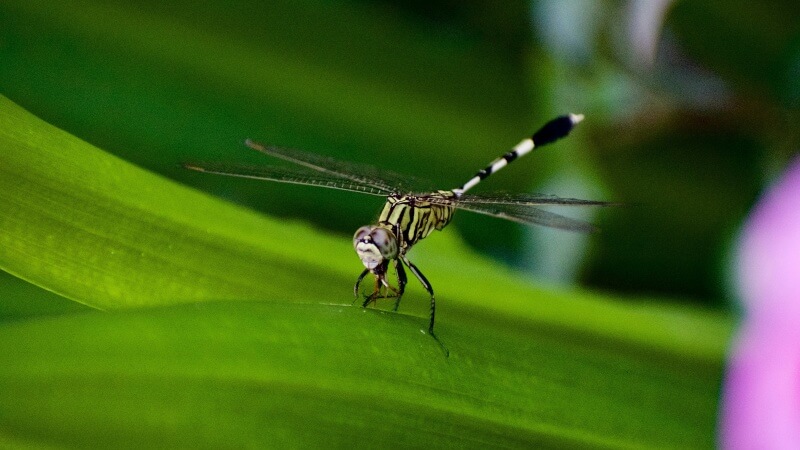
There’s something almost magical about a mosquito light—a beacon in the night that promises to shield us from the irksome buzz and bites of mosquitoes.

Within the first few moments of considering a mosquito light, the idea transforms from a mere concept into a beacon of hope against the nightly
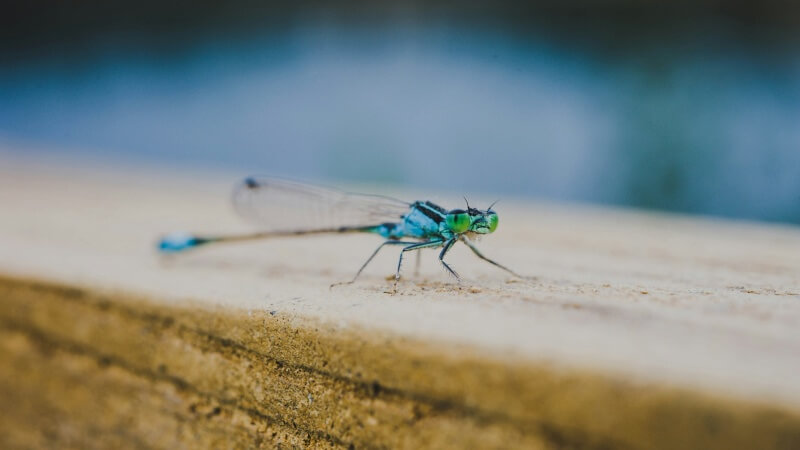
The moment you switch on a mosquito light, you declare war on those pesky insects. But what if I told you that you could turbocharge
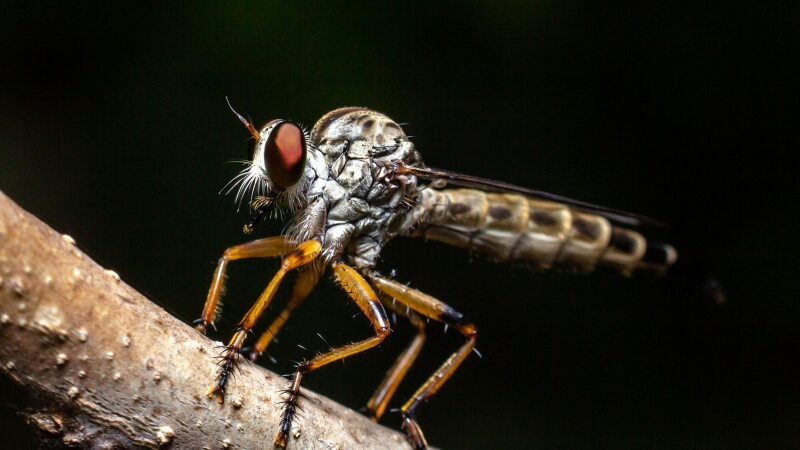
Imagine this scenario: as the hues of twilight blend into the evening sky, your mosquito light buzzes to life, standing guard against the night’s swarm
Copyright © 2025 mosquitokillerlight. All Rights Reserved.